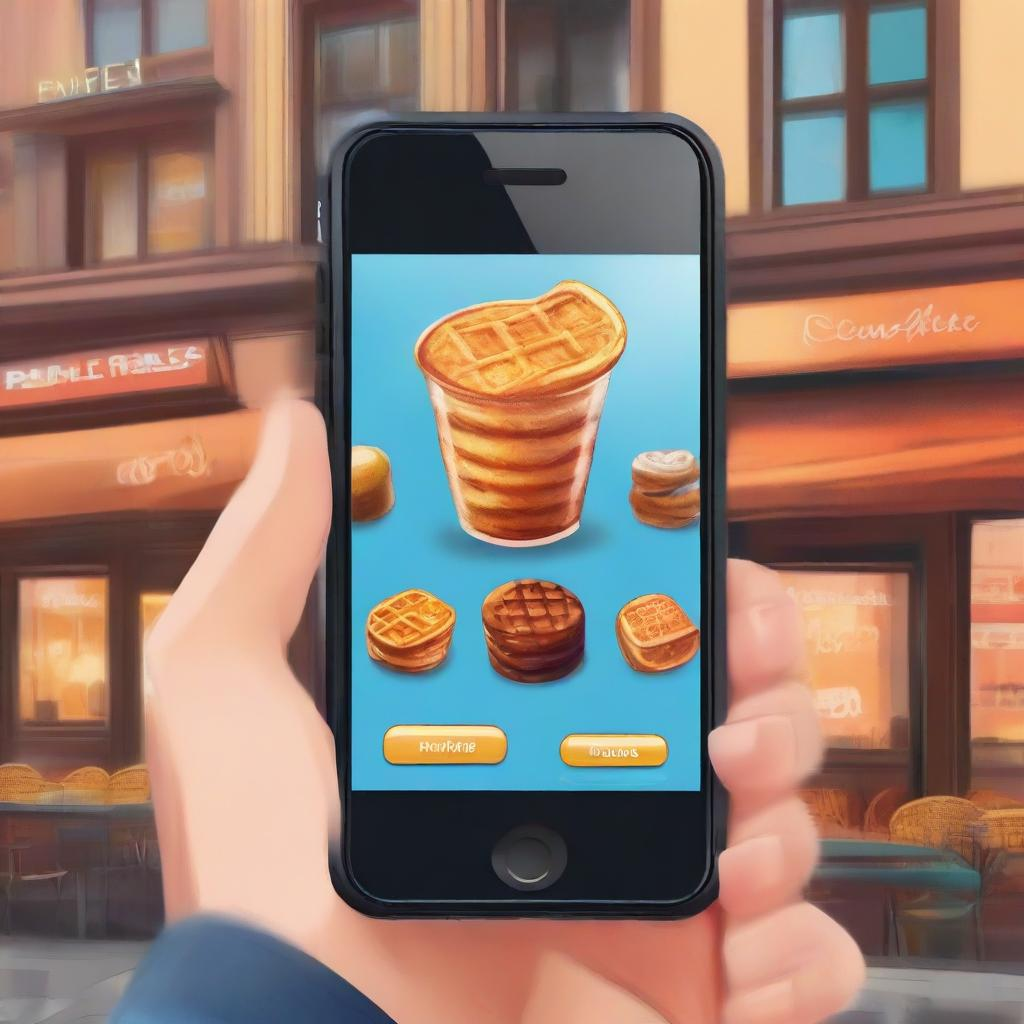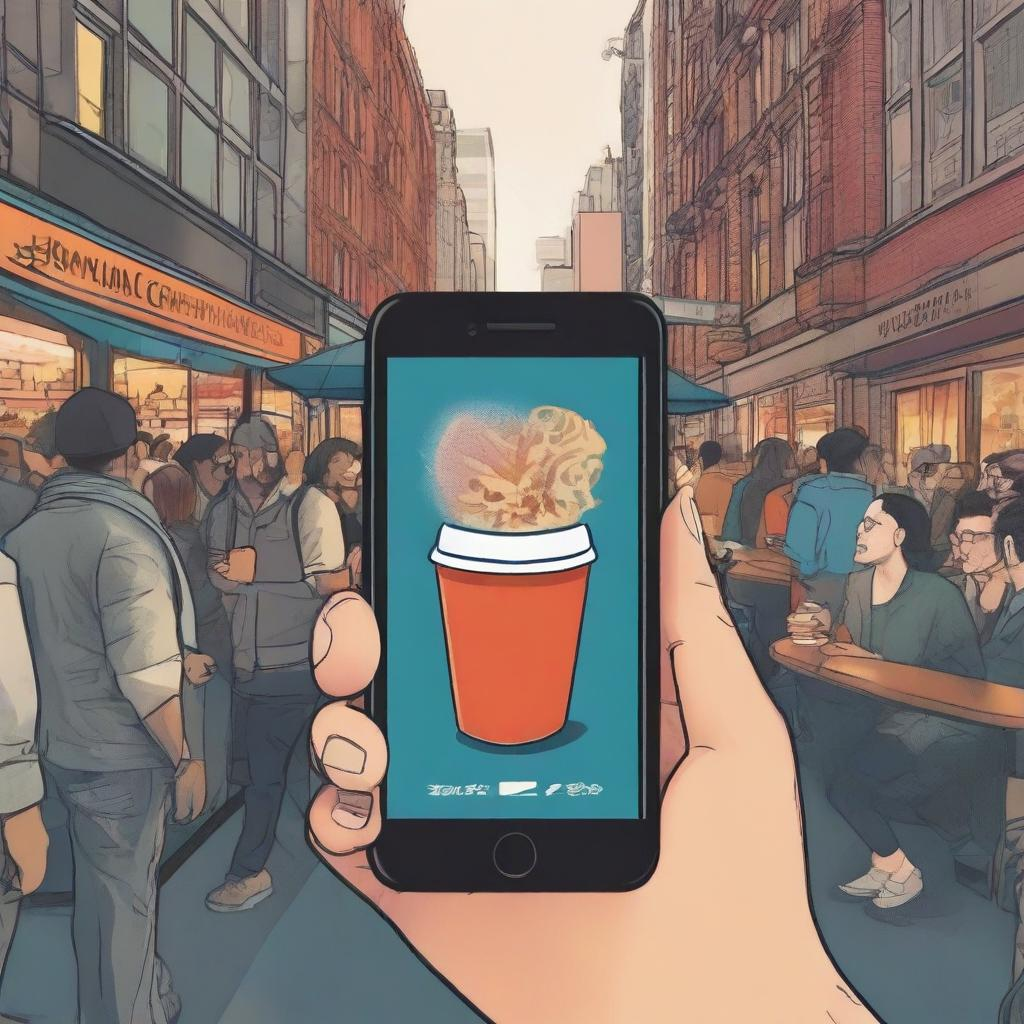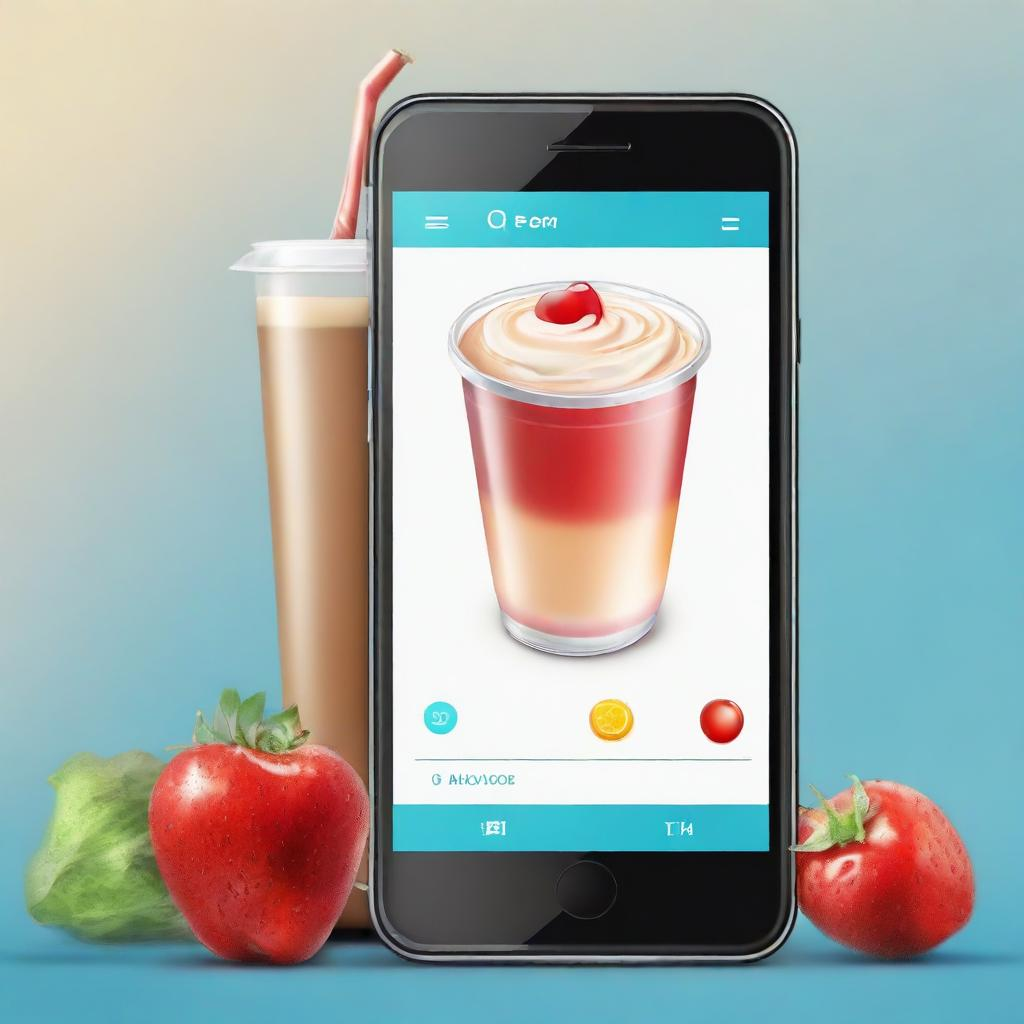For obvious reasons, restaurants are depending heavily on delivery apps to help them stay afloat during the pandemic. In a recent article by the Economist’s 1843 Magazine restaurateurs described these apps as an addiction — they provide a short-term fix but are fully aware of the harm they’re inflicting on their business in the long run.
This dilemma for restaurants was perfectly summarized by Joe Rogan on one of his latest podcasts:
If you get a restaurant to deliver the food straight from the restaurant the benefit is the restaurant doesn’t lose all that money… They have a margin of profit like 18% so they need to make more than that in order to make a profit. With the amount of expenses it costs to make the food, hire the staff, pay for the space they work in. When you do Uber Eats you lose money. So when these restaurants are selling food through Uber Eats and through Doordash they’re losing money. Because it costs more for them to make the food and have it delivered. They’re just trying to keep their customer base and stay afloat… Maybe they’re losing a little bit of money, but at least they’re keeping everybody employed and they got their business rolling… But if you could have the food delivered by the restaurant itself, if you can call the restaurant, it’s way better for the restaurant. It’s way better for the consumer because you’re building a relationship with the people that run the restaurant.
-Joe Rogan
Fight fire with fire (and a retention strategy)
Many restaurants are missing the point. Delivery apps are a great way for them to acquire new customers, but a horrible way to retain them. Any business that is paying a premium for customer acquisition, and doesn’t have a strategy in place to retain those customers is playing with fire. This is why every restaurant needs to familiarize themselves with the subscription model.
If you want to beat Amazon, start thinking like Netflix
So how does a single, independent restaurant compete with giant tech companies that are valued in the tens of billions? Let’s start with the premise that delivery apps are a critical part of any restaurant’s marketing mix if you’re going to thrive in today’s world. But let me caveat that by saying that the math only works in your favor if you have a retention strategy in place. So let’s do the math.
Paying $10 to a delivery app for a $50 order is a great deal if you take the following into consideration:
- That customer will come back at least once a month and spend that same $50.
- You don’t pay a $10 tax every time that customer orders from you.
A $50 meal a month leaves the restaurant with $10 in profit, but delivery fees pretty much wipe that out.
Order value = $50
Restaurant Profit (20%) = $10
Delivery app fee (20%) = -$10
Even if you can squeeze a little more margin out of the order it’s not super profitable. But let’s say you drop a flyer in each to-go order that has a call-to-action to subscribe and save. If you can start converting those diners towards building a direct relationship with you then the math starts working in your favor. It might take 5 or 6 flyers before the light goes on, but if the offer is legit, most people will take advantage of it. Especially if they already like your food.
The whole idea is to keep the customer happy and loving their subscription — the same way we all love our Netflix. If you keep the happy long enough then that $50-60 in acquisition costs will be peanuts compared to what you’re profiting in the long run.
Why subscriptions?
There’s a reason every company in Silicon Valley has a subscription strategy, and nearly every startup is built on a subscription model. As a business, nothing is better than predictable, recurring revenue. It helps you plan, streamlines your operations, and generally makes your life less stressful. It’s not easy to build a subscription business, which is why you need to start developing a strategy.
There are a couple of basic things you need to do to get started:
- Pick a platform that’ll power your subscriptions (hint: upper right-hand corner of this page)
- Pick a subscription that’s delivering value to your customers
- Tweak it. You might not get it right the first time and that’s ok. If you have a loyal customer base + the right offer you’ll be surprised.
- Be patient. Maybe you start with 10 customers. Just make sure to keep them happy, and figure out ways to get more customers into the program. After a year you might be up to 50-100 or more and that’s where the recurring revenue starts to add up.
- Don’t wait until next year. These are extraordinary times but can work to your advantage if you have the right tools in place.

















.svg)





.svg)
.svg)









.png)







.webp)










